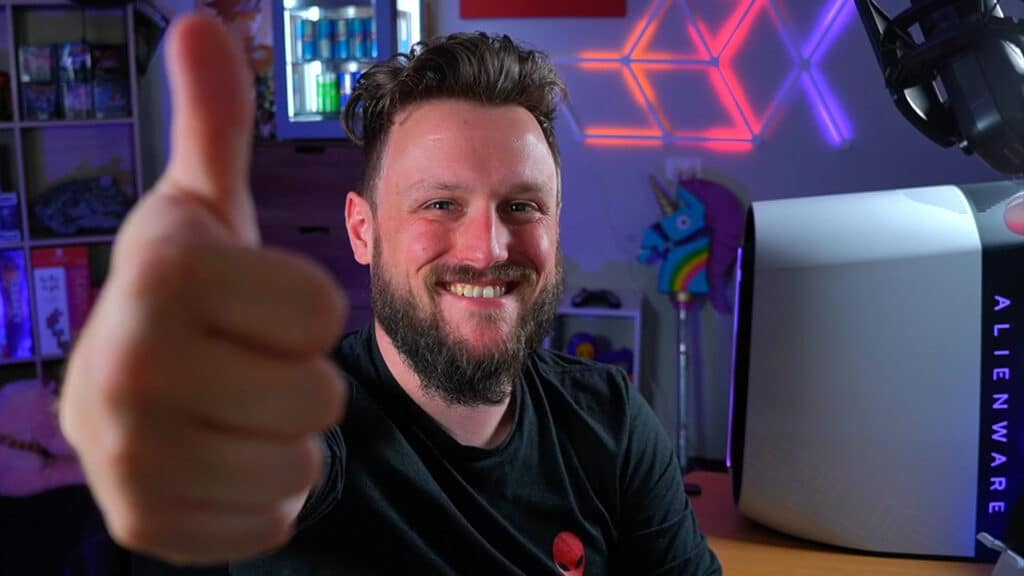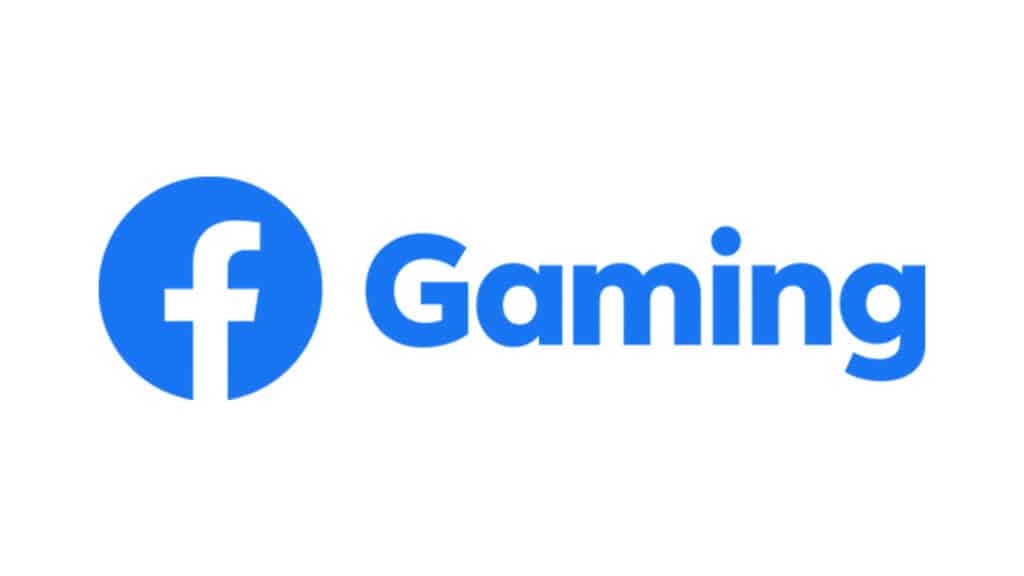Bandai released a new Dragon Ball card game, and it’s really good, but it’s not perfect. And at least it isn’t the 2008 version (because that game looked like trash). Thanks to Let’s Play Games, we got our hands on two starter decks and some boosters to try out. So sit back, slip out of SSGSS Super Saiyan Blue Godku cosplay and read on!
This game is so good I can’t stop playing it at EVERY opportunity where I have free time and a store has a tournament I can get to. I have blasted through three boxes out of my own pocket and thanks to Let’s Play Games, I have some starter decks and boosters to do videos on how to play and a starter VS starter video coming soon.
How the game plays:
Unlike some previous English versions, there is no Scouter mechanics, no complicated maths table to see who does how much damage, no “powering up” and no Anger mechanic. Instead it is all combo cards used during combat to add to an attacker’s attack score, trying to meet or exceed the opponent’s defending card’s attack by using combo cards.
WHOA, HOLD ON THERE AL… THAT’S SUPER CONFUSING!
Okay let me break it down for you, step by step (oooh baby).
Card types
There are 3 types of cards:
Leader Cards
These cards are the core of your deck. They’re placed on the field at the beginning of the game, face up, on the “non-awakened” side.
Battle Cards
A huge cast of characters from some of the best Sagas in DBZ/S history! Including the likes of Buu, Krillin, Goku, Vegeta, Hit and MANY more represent your allies in arms. They will help you attack, combo (if not “rested” or tapped out) and some may even sacrifice themselves as “Blockers”.
Extra Cards
These are different moves and abilities such as Crusher Ball that you can customise your deck with to help tap down a freshly played attacker, other cards like Family Kamahamaha allow you to get rid of low cost allies from the play area.
HOW TO PLAY:
Preparation step
- Place your Leader Card face-up in your Leader Area in Active Mode. Then place your Deck face-down in your Deck Area.
- Decide which player goes first at random.
- Draw 6 cards from your deck to your hand
- You have 1 chance to re-draw (or mulligan, for you MTG players out there) Return any number of cards to your deck, shuffle, then draw the same number of cards.
- Place 8 cards from the top of your deck into your Life Area face-down. You can’t check the cards in your Life Area during the game.
- Start the game
Game Flow
A turn follows these 3 phases. Players alternate their turns.
Charge Phase
Follow this order in the Charge Phase
1.Switch all your Rest Mode (tapped) cards to Active Mode
2.Draw 1 card from your deck. (The starting player can’t draw on his first turn.) (There is no limitation for the number of cards in your hand.)
3.You may place 1 card from your hand into your Energy Area in Active Mode (untapped). (You may choose not to do so.) (There is no limitation on the number of cards in your Energy Area.)
Main Phase
Carry out these actions as many times as you like in the Main Phase
・Play Battle Cards from your hand
・Activate card skills
・Leader Card Awakens
・Battle (attack a character or Leader). Attacker declares attack, defender decides if they want to play a card to stop the attack. If not, attacking player plays combo cards to strengthen attacker, defender then plays combo cards. Most character cards can only attack a Leader card or a “Rested” character card.
LEADER DAMAGE: If you attack a leader and the attack succeeds, your opponent draws one card from their life cards to their hand (possibly more as there is Double Strike that deals two and Triple Strike that deals three).
・Proceed to the End Phase
End Phase
Proceed to your opponent’s turn, they follow the same flow.
Winning the game
The first player to deal enough damage to the opponent’s Leader Card to reduce its life from eight to zero wins the game. You also win if your opponent runs out of cards in their deck.
Now you know the basics, let’s discuss the game itself.
RARITIES
The starter deck contains five “starter only” cards and all are highly useable. In fact, the starter decks themselves are even competitive enough to stand on their own with just a few tweaks and extra cards from boosters. One of those is a Vegeta card that you get one of in foil and one non-foil, Vegeta Prince of Speed is highly usable, this is rather surprising as we have come to expect starter decks to be mostly filled with trash. Two small gripes I have with the starter is that most card games come with boosters in the starter so that new players can play, then augment their decks. DBS doesn’t do this. Also, the starter (Goku Blue) is a single starter for the set, no other starters exist.
The booster packs don’t list any odds at all, the community have had to approximate this themselves. All odds SHOULD be stated and I’m unsure why they wouldn’t do that. You get twenty four boosters per box, twelve cards per booster pack (RRP $7- AUD), one Rare or better, three Uncommon cards, 8 common cards and foils are ONLY rare or better. No common or Uncommon foil cards have been produced in this set.
Here comes the kicker: at two boxes of cards, you have most of everything you need for four decks. The collation of the cards makes it very easy to just swing a few boxes with a friend and split it to two decks you want and two decks they want. After three boxes, I don’t need to buy many singles, only one or two of a certain Super Rare card.
The other point here is Special Rares vs Super Rares. Super Rares are around 1:3 boosters, Special Rares are around 1:4 BOXES and are just “full art” versions of Super Rares. This means that Special Rares may be harder to get, but you have a much easier to get and CHEAPER version of those, meaning you don’t have a card at one in every 96 boosters that you HAVE to have for certain decks.
CARD ART
Most of the previous games have just ripped art from the shows, not exactly a poor choice, but unedited shots from the show look flat and dull. DBS changes that with gorgeous art, every card is vibrant, full of colour and energy. Not all the art is made special for the game and some IS ripped from the show, however it has been touched up to ensure it stays on theme and has vibrant colours.
The theme for this set is “Galactic Battle” and it follows the entire DBZ/S story line, this can feel a little disjointed at times, seeing a Ginyu Force member like Burter having 10k power and Goku from DBS having 10k before transformation. Props to Bandai, however, for making sure that The Ginyu Force have their backgrounds like when they pose in the show.
THE CARD TEMPLATES
Once you learn the basics, the cards make a whole lot more sense. The layout and composition has obviously been through multiple iterations and changes to ensure they are as clear as possible. However, this is where the game falls down a rung. The card cost on the top left of the card shows a number and one or more coloured orbs, however the cost is simply just the number. The coloured orbs are an indicator that the number must include x of the colour indicated. The card below (Broly, The Rampaging Horror) costs six energy and four need to be green. However, the evolve cost is five and four of those need to be green energy. It would have made more sense to make the initial cost two plus four green energy, for a total of six.
THE GAME PLAY
Perhaps the most important aspect is: how does the game play. It’s extremely well balanced to the point where I have not been able to break the game. And I’m real deep in at the equivalent of around four boxes. It has me, it has me and it won’t let go. The combat mechanics make sense, the battle cards combo abilities make you feel powerful and yet not to the point where they are broken and the extra cards are all flavourful with none of them feeling out of theme or tacked on.
HOWEVER the combat system and the game itself is fairly non-interactive, like many long ago forgotten trading card games. I feel that the “combo” phase should have actually just been a bit of “one upping” each other. Play A plays a combo to add strength, then player B and repeat until one player decides not to add further combo cards. This would give the game a much better feeling of fighting back and forwards like other games had tried to do. Not that this in no way kills the game for me
PROS:
- Well balanced and enjoyable game, easy to play once you know the rules.
- Solid layout on card templates allow for easy definition of card types. Card stock isn’t flimsy. Foil process is great and doesn’t seem prone to curling.
- Good collation means not having to buy a lot of boxes/boosters to get play sets of cards. Special set is four boosters and a special Vegeta promo card. Starter deck is built well and starter only cards are surprisingly useful.
- Colour and art is high.
CONS:
- Foils are only in rare or better. Starter deck is only Goku, no other starter decks in this set. No boosters with the starter deck.
- Combat system feels more like a CCG and less like the back and forth combat of the anime.
- Costs can be confusing until you get to know the game.
- Theme feels a little disjointed.
- Some miscellaneous card interactions have required a number of FAQ documents on the official website.
In closing, the newest iteration of Dragon Ball trading card games is addictive, fun and easy to learn. Bandai have done a really good job on the design of the cards and the art. They are also providing updates on their website with new information and sample decks on an ongoing basis, unlike some other game manufacturers. Check out their site and learn to play app here: http://www.dbs-cardgame.com/








